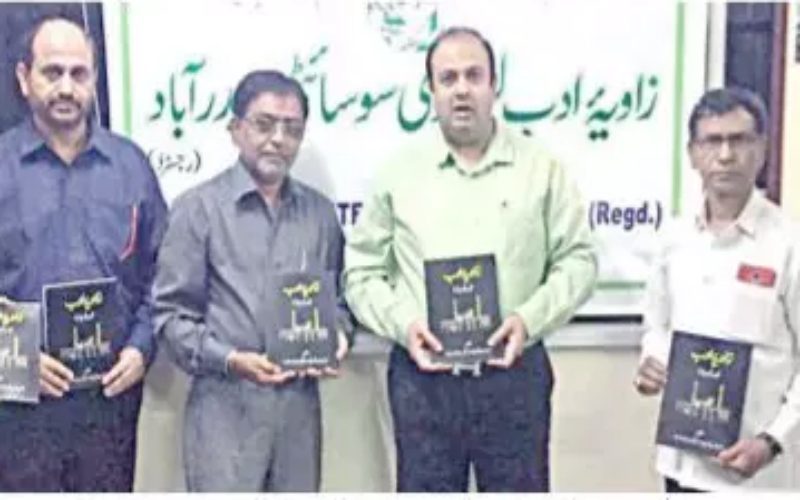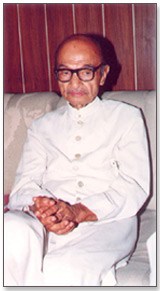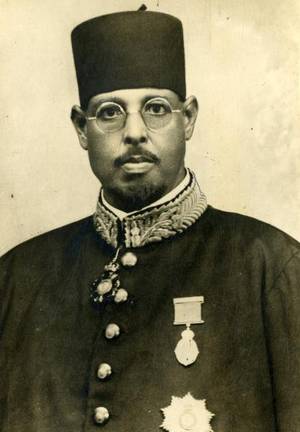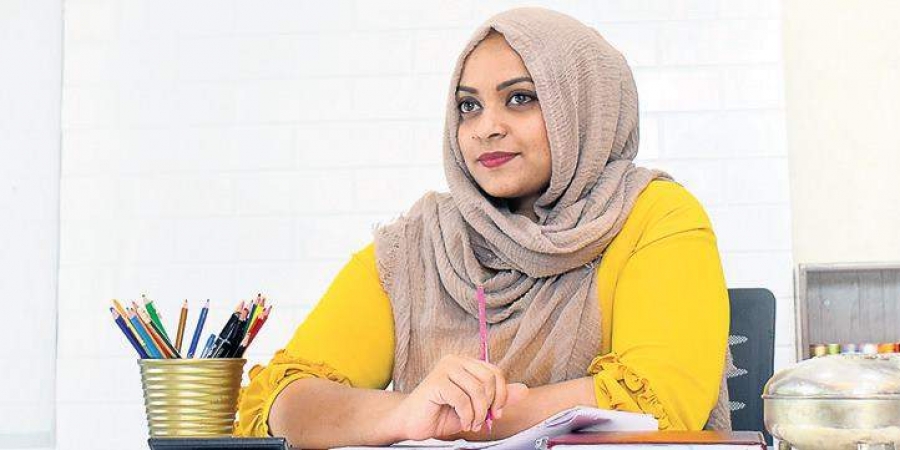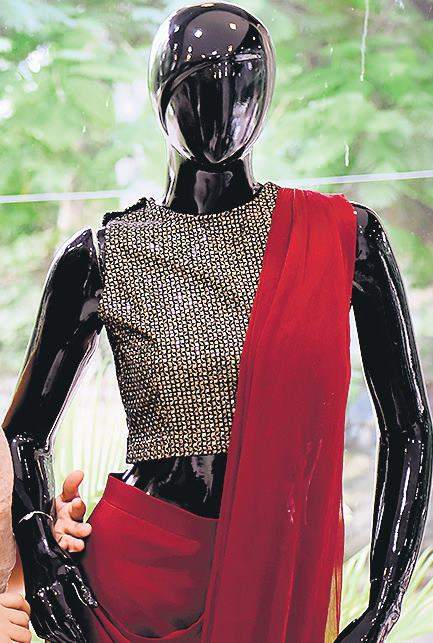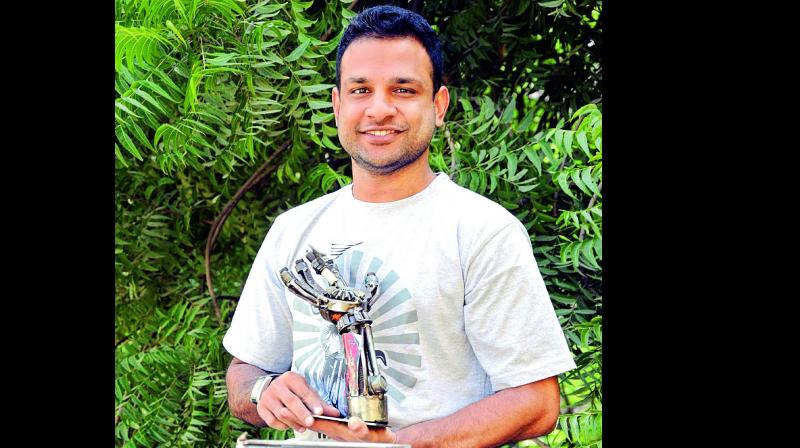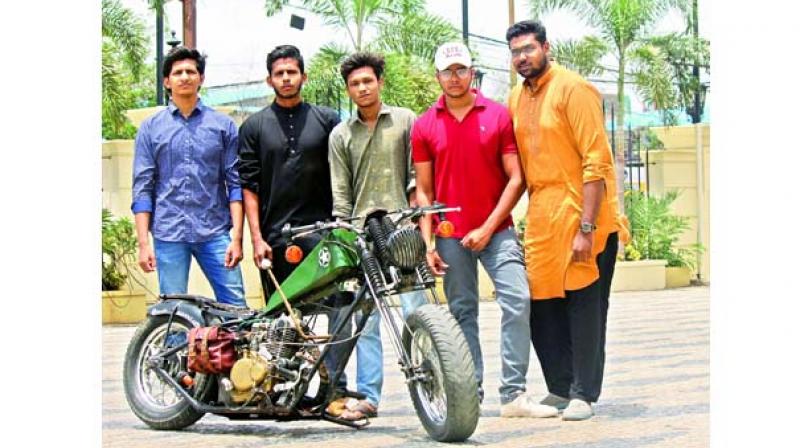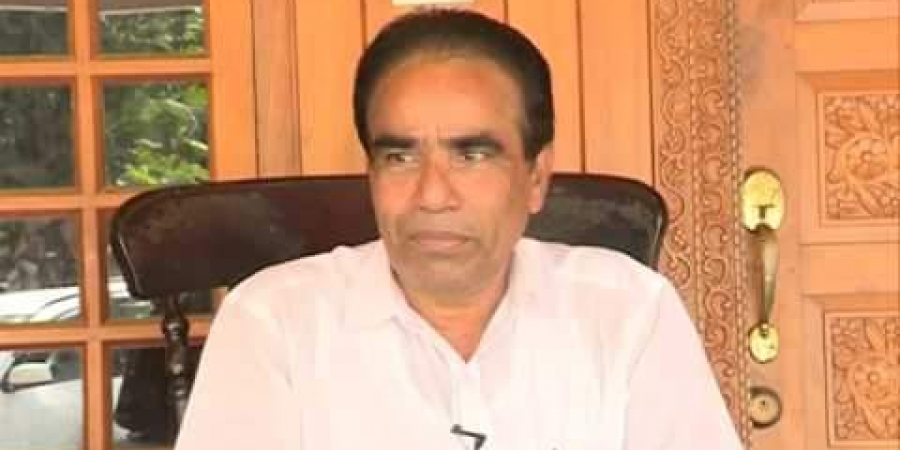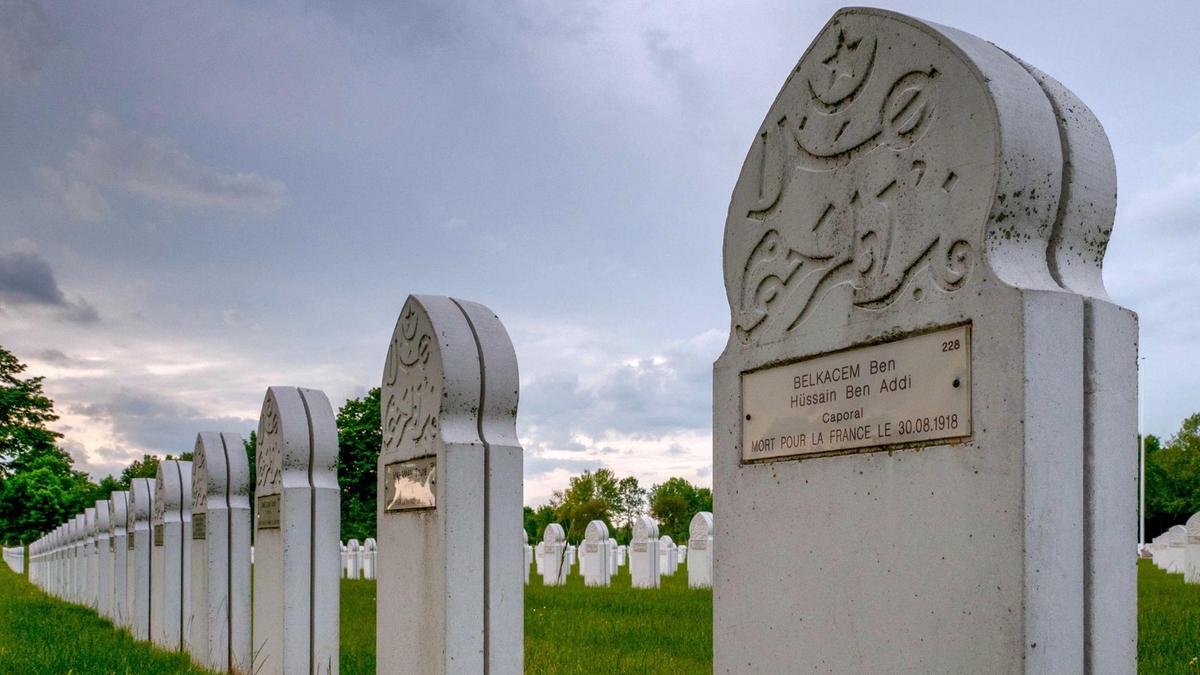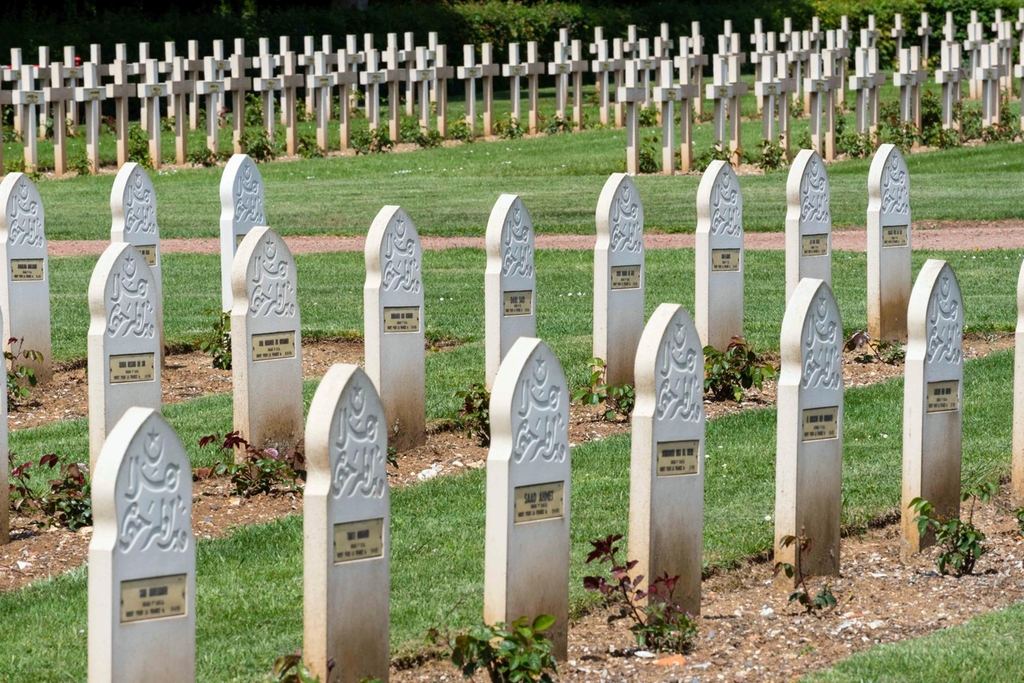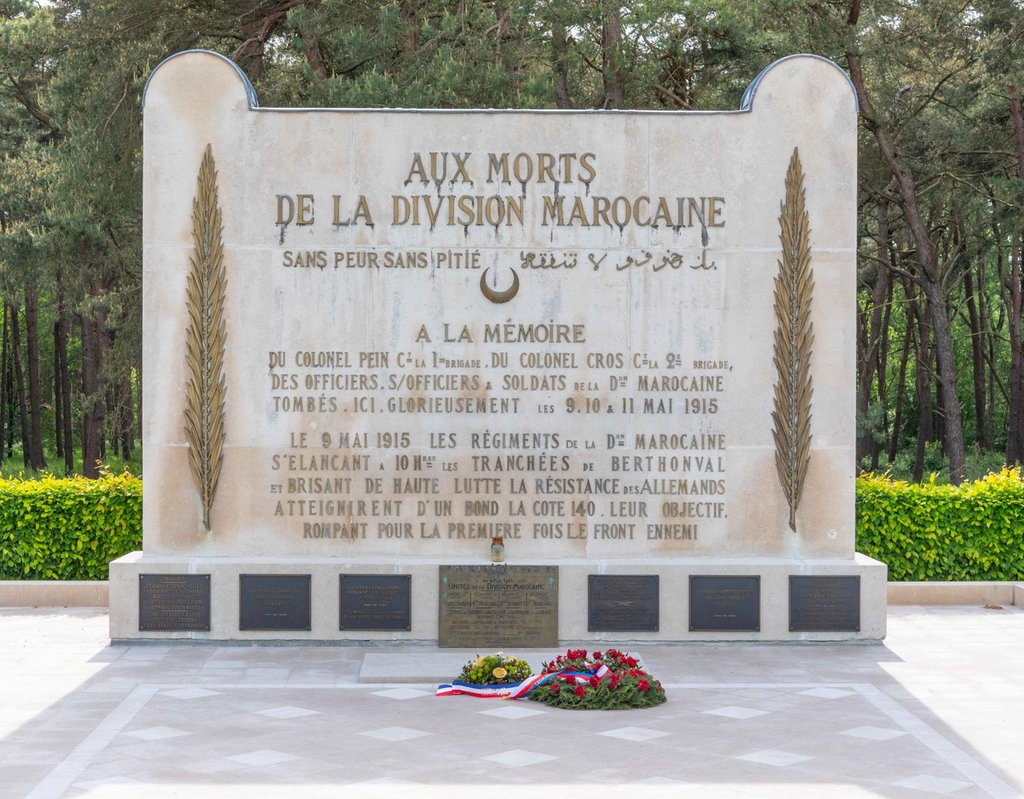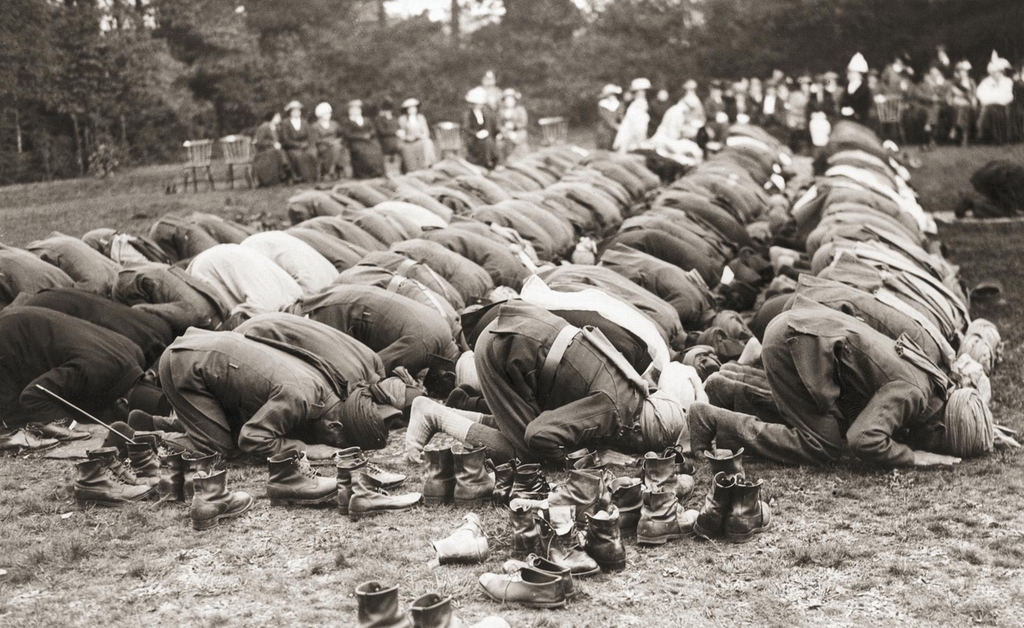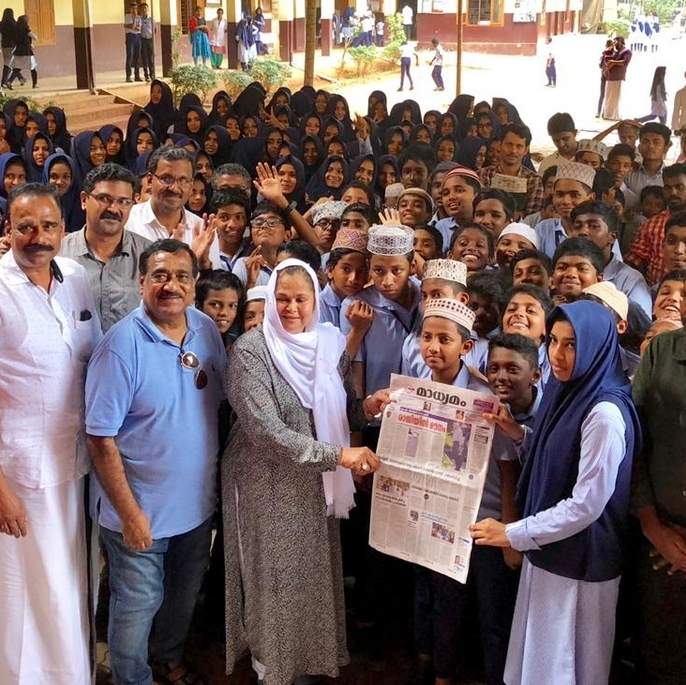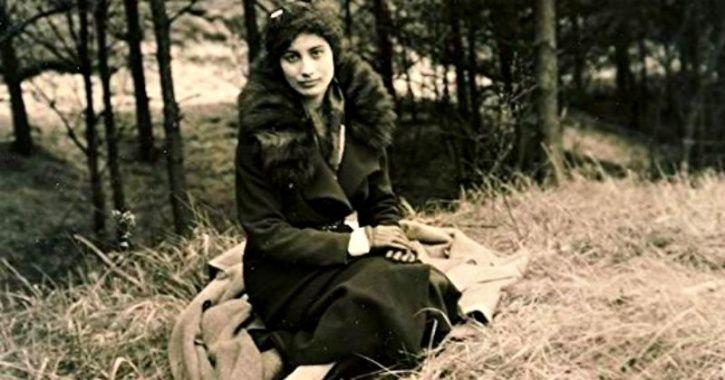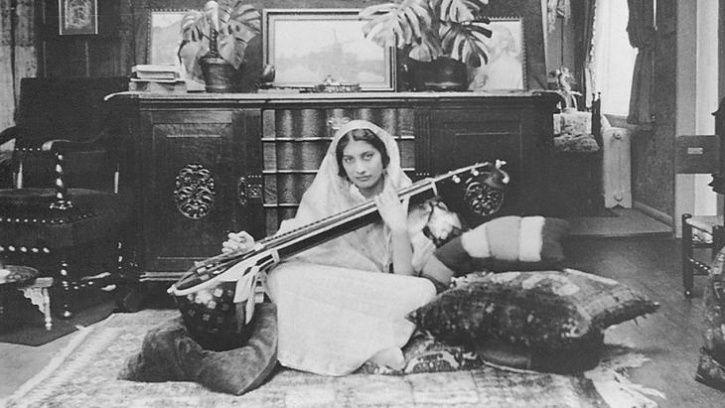Usman Road is one of Chennai’s most popular shopping districts. It was recently in the news for a fire that gutted a popular clothing store here in early June. YouTube houses a mine of video information (albeit of dubious value) about the many angles of the busy thoroughfare.
And yet, only the most ardent of history buffs may be able to identify the person whose name graces the road.
Khan Bahadur Sir Mahomed Usman (1884-1960) is the man whose name has been enshrined in Chennai’s street signage. With increasing levels of Indianisation, his titles (he was also a KCSI — Knight Commander of Star of India and KCIE — Knight Commander of the Indian Empire) have disappeared, and his name is spelled as Mohamed or Muhammad in scholarly journals.
A Minister of Home for the Madras Presidency in the Justice Party government of the Raja of Bobbili (Sir Ramakrishna Ranga Rao), Sir Usman was the first Indian to be appointed as its Acting Governor on May 16, 1934.
Born in 1884 to Mohamed Yaqub Sahib Bahadur, of Madras (with links going back to Thanjavur), Sir Usman was educated at the Madras Christian College.
He married Shahzady Begum, daughter of Shifa-ul-Mulk Zaynulabideen Sahib Bahadur, a native medicine practitioner from Thanjavur, who later settled down in Madras.
Sir Usman held several offices of distinction during his early career and was, among others, Honorary Presidency Magistrate, Member of the Senate of Madras University, Sheriff of Madras and President of the Madras Corporation.
From 1925-1934, he served as Member of the Executive Council of the Madras Government.
Later, he was Vice-Chancellor of the Madras University, and from 1942-46, he went over to the Central Government as Member of the Viceroy’s Executive Council. At the time of his death on February 2, 1960, he was a member of the Madras Legislative Council.
Offices of the Madras Corporation, The Anjuman (of which Sir Mohammad Usman was the president) and the Government College of Integrated Medicine (later renamed as College of Indian Medicine) were all closed as a mark of respect on the day he died.
A key study
The maternal and paternal grandfathers of Sir Usman were skilled practitioners of Unani medicine — a Perso-Arab system based on the teachings of Greek physicians Hippocrates and Galen (Unani means Greek in Arabic).
Sir Usman was a respected Unani physician and often addressed as ‘Hakim sahab’ or ‘Doctor’ though he didn’t have a medical practice of his own.
In 1921, he chaired a Government committee whose deliberations led to the founding of the School of Indian Medicine in 1925. The findings of The Usman Report, detailed the indigenous systems of healing in India and the need to let them thrive alongside Western medicine. The document is considered to be the first major health report to have been published in India.
As mentioned in Modern and Global Ayurveda: Pluralism and Paradigms, (edited by Dagmar Wujastyk, Frederick M Smith, published by State of New York University Press in 2008), among the more interesting features of the exhaustive report are the testimonies of Vaidyas and Hakims recorded in their original languages.
There were 183 responses to a detailed questionnaire prepared by the Usman Committee that were sent out in English, Tamil, Sanskrit, Urdu, Telugu, Kanarese and Oriya.
Though published as a regional report, a 3-member sub-committee had toured the entire country, and the views represented an all-India survey.
Sepia memories
Despite his distinguished career, it is difficult to find anyone today who can speak about him as a person away from the public eye.
Fatima Yaqub, the 76-year-old widow of Sir Usman’s foster son Mohamed Yaqub, is perhaps among the last of his relatives to remember life in the Bada Bungla (Big Bungalow) in Teynampet that housed the Governor’s joint family.
The palatial home on Eldams Road was demolished in 1993 to make way for the inevitable block of apartments.
“My maternal grandfather and Sir Usman’s mother were siblings. Sir Usman didn’t have any children of his own. So he was foster parent to his younger brother Dr Abdullah’s two children — my husband and his sister Khamarjaan,” says Mrs Fatima.
The arrangement, though not strictly conforming to Islam (which forbids adoption), was quite common in close-knit Muslim families of the day.
For over an hour and a half, Mrs Fatima, who was married at the age of 10, in 1953, sketches a verbal portrait in Urdu of a sepia-tinted life teeming with memories of a lavish lifestyle.
Lavish lifestyle
“There were only three bungalows on Eldams Road at the time. Bada Bangla’sgrounds started from the Teynampet gardens and spanned over two and a half streets away,” says Mrs Fatima, whose current home neighbours the former site of the family pad. “The house itself was 8,000 square feet, with three floors. Sir Usman and his wife (called Ammajaan by the family) used to have a bedroom, prayer room, visiting hall, dining hall and dance hall for their use. The other side of the house was occupied by Sir Usman’s aunt who had two sons. My mother-in-law (Yaqub’s mother) had died of a heart attack, before our marriage. There were 10 servants’ quarters at one end of the estate. So we had a mixture of people living together,” she adds.
Mrs Fatima’s reminiscences have a childlike awe attached to them, because as she reiterates often, she was no more than a child herself when she got married. Her husband was 21 years old. “My mother’s elder sister and my mother-in-law were classmates in school, so they used to visit very often, especially over the weekends,” says Mrs Fatima, whose father Mohamed Azmatullah Basha was a leather, jute and gold merchant from Arcot later based in Triplicane.
Sir Usman and Ammajaan used to be based in Delhi for the best part of the year. The couple used to come home to Madras for summer holidays and also for Ramadan, says Mrs Fatima.
“After our marriage, we visited him twice in Delhi, but his life was very different from ours. He used to move around with at least four security guards. It was very difficult to meet him when he was on official duty,” she says.
Hospitality for all
Mrs Fatima remembers Sir Usman as a man of simple eating habits. “He would ask for everything to be served as a soft mash or gruel rather than solid food,” she says. There was no stinting on the hospitality for the others though. “At least 50 padi measures of rice would be cooked daily to feed the fasting Muslims in the area during Ramadan. And there would be two different types of banquets for Eid — one at midday for the family, and the other, with a different team of cooks, for his friends in the evening,” she says.
Off-duty, Sir Usman was a caring and jovial companion, says Mrs Fatima. “Whenever we’d request to watch a film in the city, he would book the entire balcony of the cinema theatre,” she remembers.
Sir Usman treated his foster children as his own, and was a big influence on their life, says Mrs Fatima. “When I visited my parents in Triplicane, he would send his Hillman car and his manservant to follow my husband’s Rover to drop me off. I was so well-taken care of, more of a daughter than a daughter-in-law,” she says.
Denouement
A snakebite is thought to have led to Sir Usman’s demise. Mrs Fatima says, “Sir Usman tried to cure himself with allopathic and Unani remedies, and got back on his feet within six months. But then his health started weakening, and he became bedridden for a month before his death.”
Upheaval of family and fortune soon followed. “First the security guards left. And then slowly, after the death of Ammajaan in the mid-1960s, the family started growing apart,” says Mrs Fatima with a sad smile. Mrs Fatima’s husband passed away on May 28, 1974. “It was a huge shock to me,” she recalls. “I had two children aged 3 and 5, and no real education.”
She suffered an emotional breakdown that took her a year to recover from.
“For the first time in 1974, I started using public transport. I would personally go to the lawyers’ offices to sort out property disputes and other issues after my husband’s death,” she says.
Though few photographs of Sir Mohamed Usman have survived in the family collection, there are some keepsakes, such as a marble-topped circular dining table, that Mrs Fatima still treasures.
“Sometimes as a family we feel ashamed that we know so little about this great man. But in a way Sir Usman would have been happy. He always used to say that one should never achieve things by showing off one’s rutba (rank). Then the adulation is for the position, not the person himself.”
source: http://www.thehindu.com / The Hindu / Home> Society> History & Culture / by Nahla Nainar / August 18th, 2017
